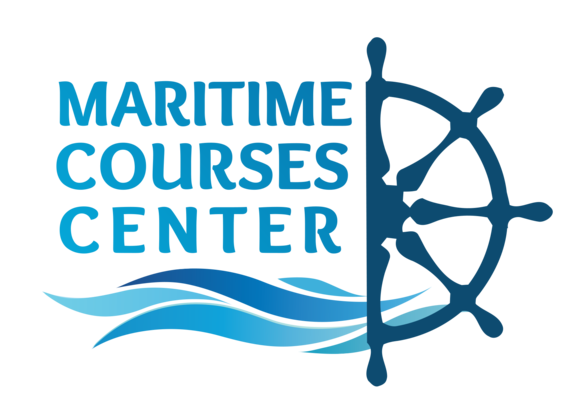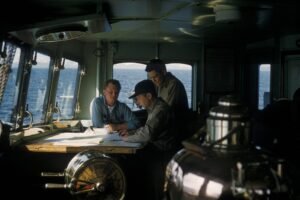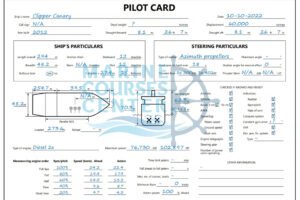
BASIC PRINCIPLES TO BE OBSERVED IN KEEPING A NAVIGATIONAL WATCH part 1

Table of Contents
I. Introduction Of BASIC PRINCIPLES TO BE OBSERVED IN KEEPING A NAVIGATIONAL WATCH
Explanation of the importance of maintaining a safe navigational watch
Importance of Maintaining a Safe Navigational Watch
As seafaring vessels continue to increase in size and complexity, the importance of maintaining a safe navigational watch has become more critical than ever before. Navigation on the high seas can be dangerous, with ever-changing weather patterns, unpredictable sea conditions, and other vessels vying for space on the water. This article will explain the importance of maintaining a safe navigational watch and provide tips on how to do so effectively.
- Table of Contents
- Introduction
- Understanding the Role of a Navigational Watch
- Legal and Regulatory Requirements for Maintaining a Safe Navigational Watch
- Avoiding Collisions and Other Hazards
- Importance of Continuous Monitoring of Navigation Equipment
- Importance of Proper Communication among Crew Members
1. Introduction
Navigational watchkeeping is one of the most important responsibilities of a ship’s crew. It is a crucial aspect of maintaining the safety and efficiency of seafaring operations. A navigational watch is an organized system of personnel and equipment designed to ensure the safe navigation of a vessel. The watch is typically made up of several crew members who work in shifts to maintain 24-hour surveillance of the vessel’s surroundings.
2. Understanding the Role of a Navigational Watch
The primary role of a navigational watch is to ensure the safe navigation of a vessel. The watch is responsible for maintaining situational awareness, monitoring the vessel’s position, and avoiding collisions with other vessels, obstacles, and hazards. The navigational watch is also responsible for communicating with other vessels, maintaining navigation equipment, and ensuring compliance with legal and regulatory requirements.
3. Legal and Regulatory Requirements for Maintaining a Safe Navigational Watch
Maintaining a safe navigational watch is not only good practice but is also a legal requirement. The International Convention for the Safety of Life at Sea (SOLAS) and other international regulations require vessels to maintain a safe navigational watch at all times. These regulations outline the minimum requirements for watchkeeping personnel, equipment, and procedures.
4. Avoiding Collisions and Other Hazards
One of the most critical responsibilities of a navigational watch is to avoid collisions with other vessels, obstacles, and hazards. The watch should be aware of the vessel’s position and speed, as well as the location and movements of other vessels in the area. They should also be aware of other hazards, such as shallow waters, rocks, and underwater obstructions.
5. Importance of Continuous Monitoring of Navigation Equipment
Navigation equipment is an essential part of a navigational watch. The watch should continuously monitor the vessel’s navigation equipment, including radar, GPS, and other instruments. They should be able to recognize any malfunctions or errors and take appropriate action to correct them.
6. Importance of Proper Communication among Crew Members
Proper communication among crew members is essential for maintaining a safe navigational watch. The watch should be able to communicate effectively with other crew members, including the officer of the watch, lookout personnel, and other navigational personnel. They should also be able to communicate with other vessels in the area.
Leave A Reply
You must be logged in to post a comment.




2 Comments